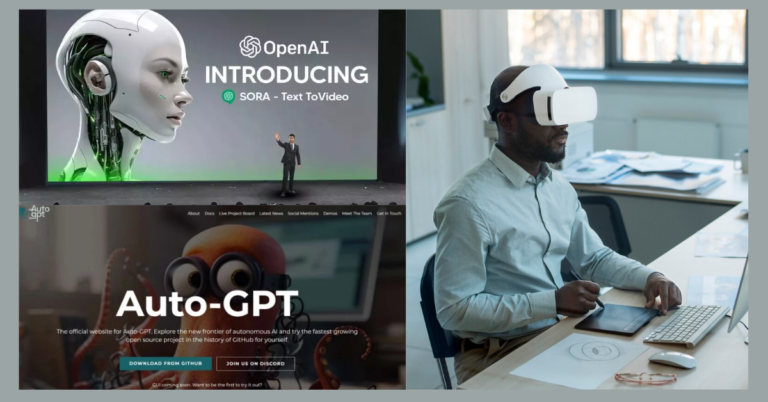The digital landscape is rapidly transforming, ushering in an exciting new era known as Web3. This evolution promises a decentralized internet where users regain control over their data and digital interactions. If you’re eager to explore this frontier and potentially profit from its myriad opportunities, understanding Web3 is essential. In this guide, we’ll delve into the intricacies of Web3, offering insights on how to get involved and capitalize on its innovations.
Why Web3 Matters

Table of Contents
- Understanding Web3
- Core Components of Web3
- Embarking on Your Web3 Journey
- Monetizing in Web3
- For Tech Enthusiasts and Programmers
- Navigating Risks and Challenges
- Conclusion
1. Understanding Web3
Definition and Significance
Web3, often dubbed the decentralized web, signifies a monumental shift from the traditional, centralized internet (Web2) to a model that prioritizes user autonomy. By leveraging blockchain technology, Web3 creates a peer-to-peer network that enables direct transactions without intermediaries. This evolution aims to empower users, fostering an environment of privacy, security, and transparency.
Evolution from Web2 to Web3
2. Core Components of Web3
Blockchain Technology
At the heart of Web3 lies blockchain technology—a distributed ledger that guarantees transparency and security. This innovative system records transactions across a network of computers, making it nearly impossible to tamper with data. By eliminating the need for central authorities, blockchain fosters trust among users and enhances the integrity of digital interactions.
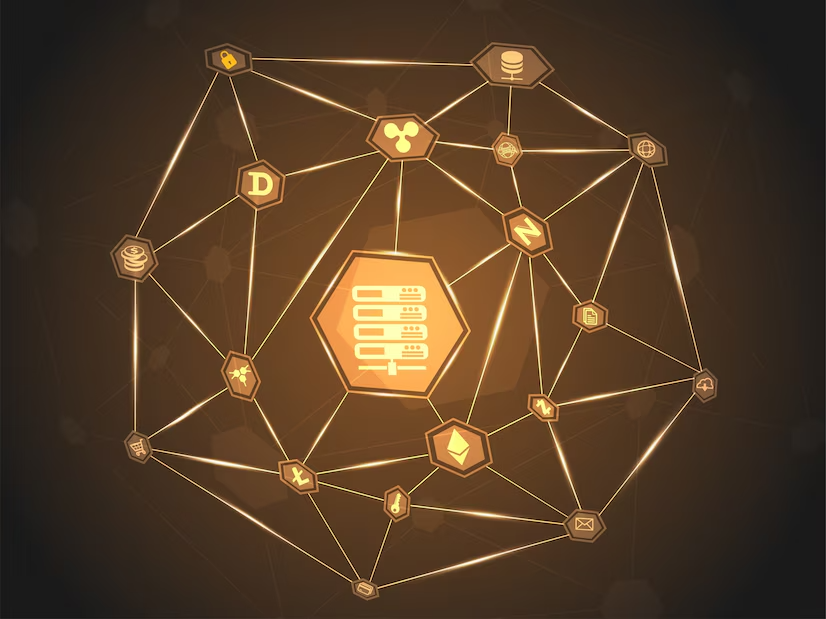
Cryptocurrencies
Digital currencies like Bitcoin and Ethereum play a vital role in the Web3 ecosystem. These cryptocurrencies facilitate transactions and serve as both a medium of exchange and a store of value. As more people adopt cryptocurrencies, they become increasingly integral to how we conduct business and engage with digital services.
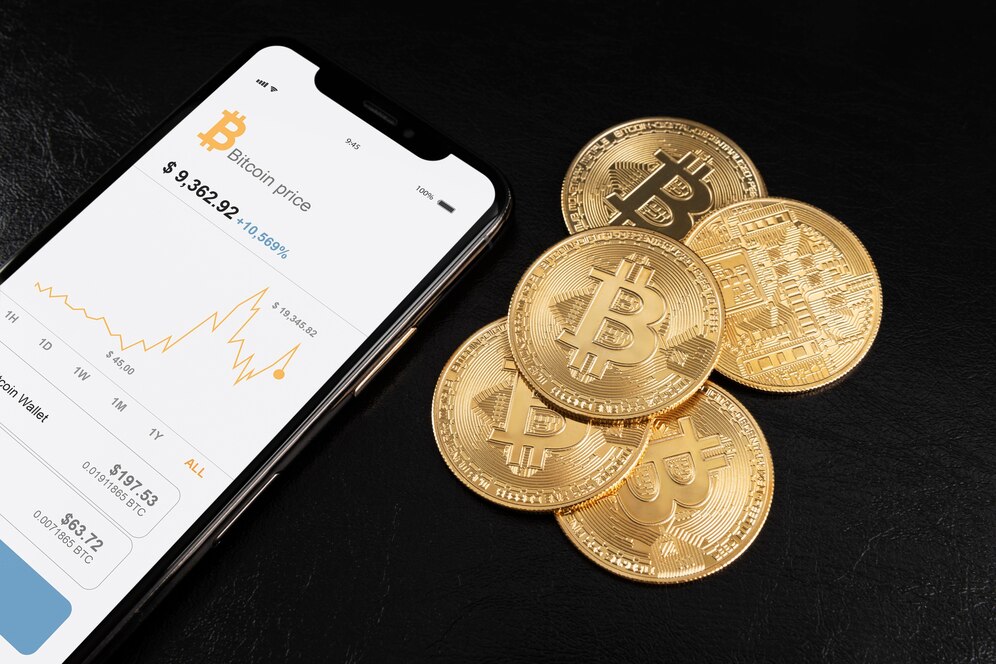
Smart Contracts
Smart contracts are self-executing agreements with the terms directly coded into the software. These contracts automatically enforce the agreed-upon conditions without requiring intermediaries, which reduces costs and increases efficiency. Smart contracts are a game-changer for various industries, enabling trustless transactions and streamlined processes.
Decentralized Applications (dApps)
Decentralized applications, or dApps, run on blockchain networks, providing services without centralized control. Examples include decentralized finance (DeFi) platforms, which allow users to lend, borrow, and trade without traditional banks, and NFT marketplaces, where digital art and collectibles can be bought and sold. dApps represent a new way of interacting with technology, empowering users to engage with services on their terms.

3. Embarking on Your Web3 Journey
Setting Up a Web3 Wallet
To start your journey into Web3, you’ll need a Web3 wallet. This digital wallet allows you to interact with the decentralized web and manage your cryptocurrencies and assets. Popular options include MetaMask and Trust Wallet. Here’s how to set one up:
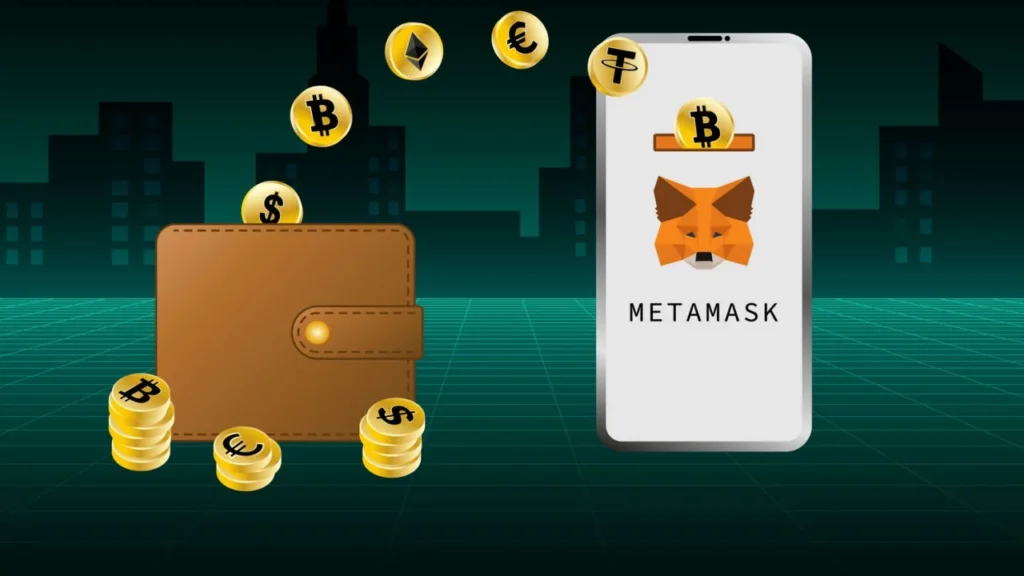
- Download the Wallet App: Choose a wallet that suits your needs and download it from a reputable source.
- Follow the Setup Instructions: During the setup process, make sure to securely back up your recovery phrase. This phrase is crucial for recovering your wallet if you lose access.
- Connect Your Wallet to dApps: Once your wallet is set up, you can connect it to various dApps to start exploring the Web3 ecosystem.
Acquiring Cryptocurrency
To actively participate in Web3, you’ll need to acquire some cryptocurrency. Here’s how to do it:
- Choose a Cryptocurrency Exchange: Platforms like Coinbase or Binance allow you to purchase cryptocurrencies using fiat currency (like USD or EUR).
- Secure Your Assets: After purchasing cryptocurrencies, transfer them to your Web3 wallet for added security. This step helps protect your assets from potential hacks or theft on exchanges.
- Stay Informed: Keep up with market trends and news to make informed investment decisions. The cryptocurrency landscape can change rapidly, so staying updated is key.
Exploring dApps
Once you have your wallet and some cryptocurrency, it’s time to explore decentralized applications that align with your interests:
- DeFi Platforms: Engage in lending, borrowing, and trading without relying on traditional banks. Platforms like Aave and Compound offer various financial services that empower users.
- NFT Marketplaces: Buy, sell, and trade digital art and collectibles on platforms like OpenSea and Rarible. NFTs represent ownership of unique digital assets, creating new opportunities for artists and collectors.
- Gaming: Discover blockchain-based games that offer play-to-earn models, allowing players to earn cryptocurrency while having fun.
4. Monetizing in Web3
Staking Cryptocurrencies
Staking is a process that involves locking up your cryptocurrencies to support network operations, earning rewards in return. It’s akin to earning interest on a savings account. By staking your assets, you contribute to the security and functionality of the blockchain while receiving passive income.
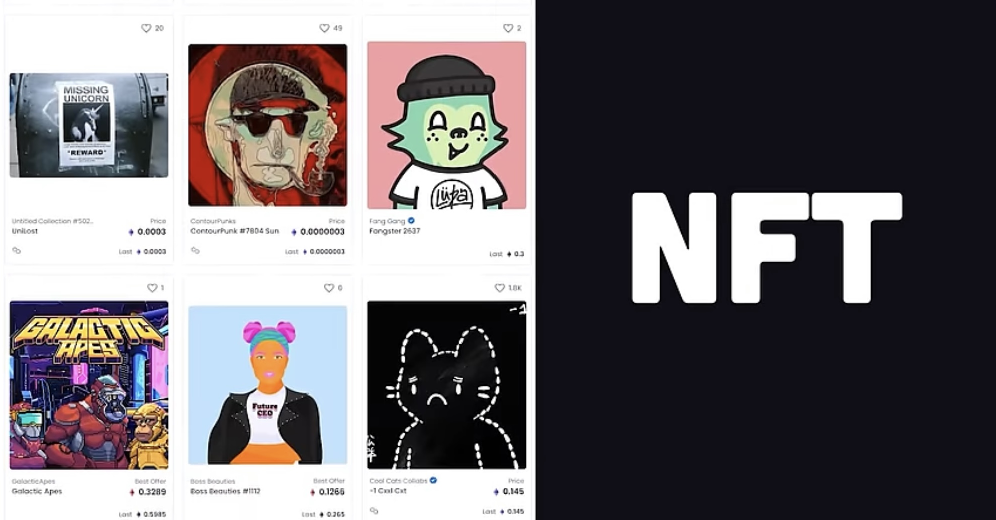
Participating in Airdrops
Airdrops are a marketing strategy used by projects to distribute free tokens to promote their platforms. To participate in airdrops:
- Stay Updated: Follow Web3 projects on social media and subscribe to their newsletters to learn about upcoming airdrops.
- Complete Tasks: Some airdrops require participants to complete simple tasks, such as joining a Telegram group or retweeting a post. These tasks help increase community engagement and awareness.
Creating and Selling NFTs
Non-Fungible Tokens (NFTs) represent unique digital assets, and they have become a popular way to monetize creativity. Here’s how to get started:
- Create Digital Art: Design unique digital pieces that showcase your artistic talent.
- Mint NFTs: Use platforms like OpenSea or Mintable to mint your art into NFTs. This process involves converting your digital art into a token on the blockchain.
- Market Your Work: Promote your NFTs through social media and NFT communities. Building a following can help increase the visibility of your work and attract potential buyers.
Engaging in Yield Farming and Liquidity Mining
Yield farming and liquidity mining are advanced DeFi strategies that involve providing liquidity to platforms in exchange for rewards. While these methods can be highly profitable, they come with increased risks, so it’s essential to do thorough research before diving in.
5. For Tech Enthusiasts and Programmers
Getting Started with Web3 Development
If you’re a programmer or tech enthusiast looking to venture into Web3 app development, the opportunities are vast. Web3 development involves creating decentralized applications (dApps) that run on blockchain technology. Here’s how to get started:

Tools and Resources for Building dApps
Several tools can help streamline the development process:
Learning Pathways for Aspiring Developers
To effectively learn Web3 development, consider the following resources:
- Online Courses: Platforms like Coursera and Udemy offer courses specifically focused on blockchain and Web3 development. Look for comprehensive programs that cover smart contracts, dApp development, and more.
- Free Tutorials: Websites such as Web3.Career provide free tutorials and resources for learning Web3 development. These can be invaluable for beginners looking to gain hands-on experience.
- Open Source Projects: Contribute to open-source projects related to Web3. This not only enhances your skills but also builds your portfolio and connects you with like-minded developers.
6. Navigating Risks and Challenges
Market Volatility
One of the most significant challenges in the cryptocurrency space is market volatility. Prices can fluctuate dramatically within short periods, leading to potential gains or losses. It’s crucial to approach investments with caution and only invest what you can afford to lose.
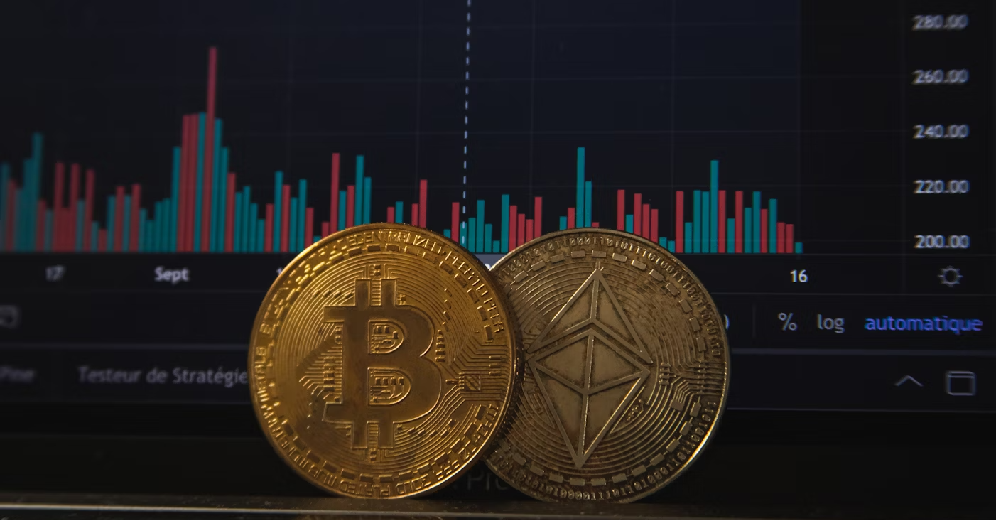
Security Concerns
While blockchain technology is inherently secure, users must take precautions to protect their private keys. Be wary of phishing attacks and scams, which are prevalent in the crypto space. Always verify the legitimacy of websites and projects before sharing sensitive information.
Regulatory Landscape
The legal status of cryptocurrencies and Web3 activities varies by jurisdiction. As governments worldwide grapple with how to regulate this emerging space, it’s essential to stay informed about local regulations to ensure compliance. Understanding the legal landscape can help you navigate potential pitfalls and avoid legal issues.
7. Conclusion
Web3 represents an exciting frontier for those willing to explore its depths. By understanding its components and engaging thoughtfully, you can navigate this new digital landscape and uncover opportunities for growth and profit. However, always approach with caution, conduct thorough research, and stay informed to make the most of what Web3 has to offer.
As you embark on your Web3 journey, remember that the decentralized internet is still evolving. Embrace the learning process, connect with others in the community, and remain open to new ideas and innovations. The future of the internet is here, and it’s up to you to seize the opportunities it presents.










